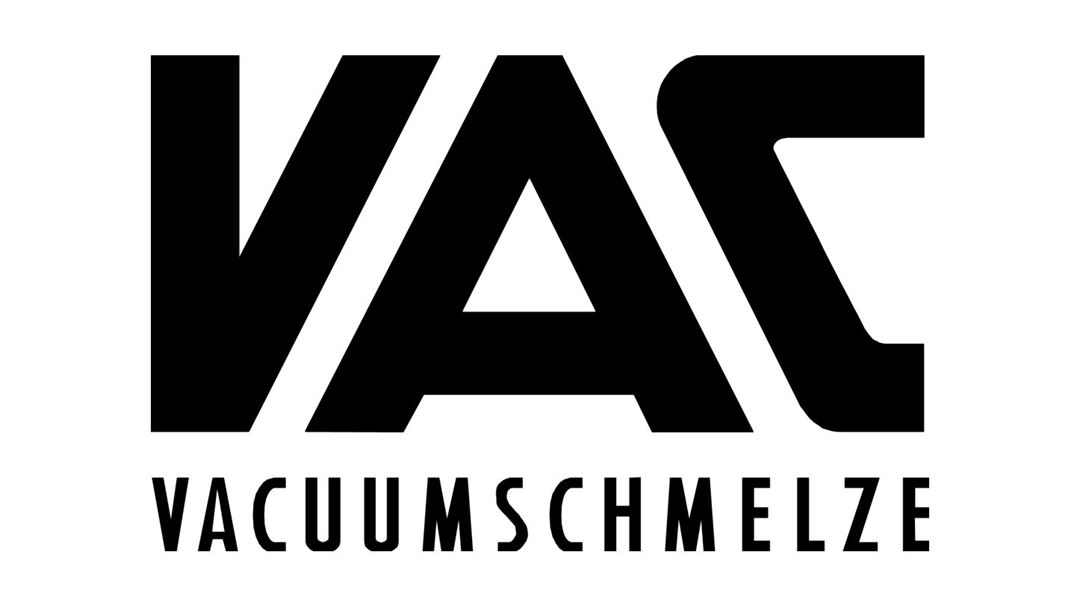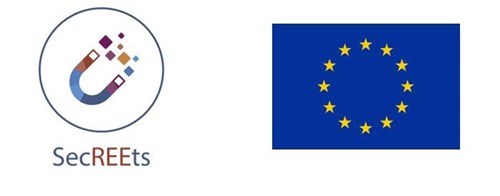First Citizen Lab with VAC - Engaging with the Business & Research Community
SecREEts organized the first Citizen Lab with their German partner Vacuumschmelze on 16th of June 2021, in an online format.

Contrary to usual Citizen Lab activities, which are usually dedicated to engaging local communities around SecREEts pilot sites, this Citizen Lab was divided into two webinar sessions: the first one dedicated to the business sector, and the second to the research & academic community. This allowed to get a better understanding of potential customers and researchers’ expectations on magnets produced using a European REE supply chain.
In these webinars, participants were introduced to the role and interest of VAC in the project as well as the SecREEts value chain. They had the opportunity to hear from downstream value chain players, with Less Common Metals and REEtec presenting their activities in the supply chain. Quantis also explained in more detail their approach to Life Cycle Assessment (LCA), Life Cycle Costings (LCC) and some preliminary results achieved in assessing the SecREEts value chain.
With guidance from Prospex Institute, participants were given the opportunity to ask questions and got involved in interactive polling. The sessions unveiled some useful learnings for the SecREEts project, which are described in detail in the two reports below.
In general, the workshops unveiled that customers are generally concerned by price volatility, caused by the lack of diversity of supply and the quasi absence of transparency in the value chains. In that sense, it was acknowledged that a stable and sustainable European value chain would contribute to security of supply and safe delivery, which could particularly benefit the e-mobility and aerospace sectors. However, participants also pointed out that global competitiveness would be a major challenge for the SecREEts value chain to overcome. They also flagged that temperature stability in permanent magnet production and the issue of magnet recycling would require particular scientific attention.
Reports from the webinar sessions and Q&A, are available on the following links: "Business Sector" and "Research and Academic Community".
